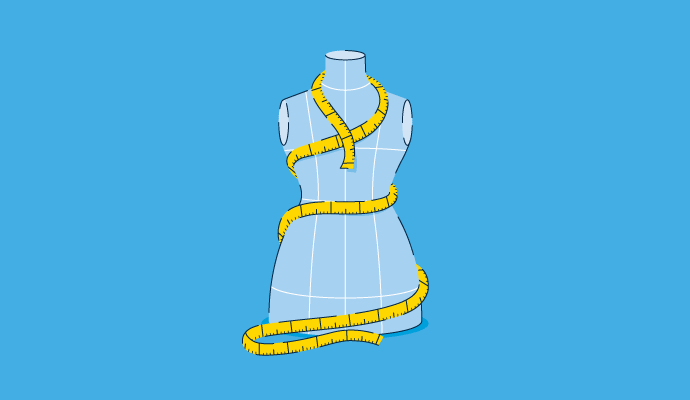What is a design patent?
A design patent offers legal protection to an item’s unique ornamental look. Inventors and business owners apply for a patent through the United States Patent and Trademark Office (USPTO).
Once obtained, a design patent is valid for 15 years. During this time, no one can create, use, or import an item with a similar look to the original product.
While a design patent protects against others using the product’s visual design, it does not protect against others copying the functional elements of the product. For that purpose, a utility patent is needed. Both types of patents can be acquired for the same item.
Large companies and law firms often oversee several different patents, copyrights, and trademarks simultaneously. Intellectual property management software can organize documentation and help ensure compliance with due dates.
Benefits of design patents
Although applying for a patent is expensive and time-consuming, it's an important step for businesses that plan to market and sell products. Companies use design patents to:
- Deter potential copycats: Even simply having “patent pending” on a product can be enough of a warning sign to scare off would-be design thieves. This label can prevent the manufacture of knockoff items.
- Provide brand security: A popular, patented design drives revenue for an organization. A brand can also experience a boost in reputation and a sense of security that no other company can market a similar product.
- Protect the brand at a low cost: Unlike some other types of patents, such as the utility patent, the design patent doesn’t involve pricy maintenance fees. Once the application is approved, no additional costs are required.
Basic elements of design patents
When applying for a design patent, details must be provided to establish the product's differentiating features. Without this information, the patent office will not be able to tell if the product’s design is genuinely unique.
Also, if the patent is granted, the details in the application help establish the scope of protection or the outer boundaries defining its legal rights. Some of the elements an inventor must report include the following:
- Preamble: The front page includes basic identifying information, such as the applicant’s name, the title, and a summary.
- Title: This is the name that the product will go by when it is used or sold.
- Figure descriptions: These are notes that indicate what each drawing of the product represents, such as a “front view.”
- Claim: The claim defines the unique design. Only one claim may be listed on the application form.
- Drawings or photographs: Visuals are a must. Most applications include drawings, but some include black-and-white photographs. Color drawings and photographs are only allowed with special permission.
- Oath or declaration: A design patent is not complete without a signed section certifying the name and identity of the inventor.
Design patent best practices
Applying for a patent is undoubtedly a complex process. To increase the chance of a successful outcome, consider the following best practices:
- Do patent research. If someone already owns the rights to the design, a new patent cannot be obtained. First, save time and money by thoroughly searching the USPTO patent database for trademarks and copyrights. Remember that a design must be unique and novel to qualify.
- Hire a drafter. A drafter is an engineering technician that creates drawings with precision. Hire a drafter that has specific experience with designing patent figures. Without accurate illustrations, a competitor could have the wiggle room to create a similar product.
- Speak with an expert. While an inventor or company can technically file a patent application without the help of a lawyer, it’s often helpful to have an experienced patent attorney direct the process. If an attorney is too expensive, another option is a patent agent, a licensed professional who can do most of what an attorney can do (except representing the client in court).
Design patent vs. utility patent
A design patent only provides legal protection for the unique visual elements of an item. On the flip side, a utility patent protects an item’s unique functionality.
A design patent is less expensive and quicker to obtain than a utility patent. Because it does not require maintenance fees, it’s also less expensive over time. However, a utility patent lasts for 20 years, five years longer than a design patent, and it can include up to 20 claims in the initial filing, whereas the design patent can only include one.

Kelly Fiorini
Kelly Fiorini is a freelance writer for G2. After ten years as a teacher, Kelly now creates content for mostly B2B SaaS clients. In her free time, she’s usually reading, spilling coffee, walking her dogs, and trying to keep her plants alive. Kelly received her Bachelor of Arts in English from the University of Notre Dame and her Master of Arts in Teaching from the University of Louisville.

